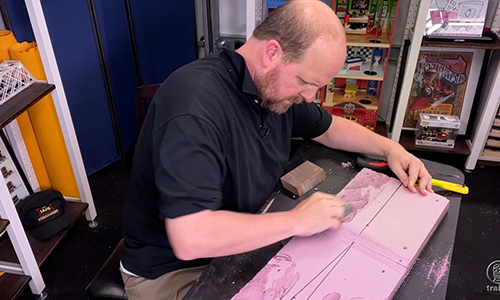
The Hills Line host James McNab knows a good thing when he sees it! That’s why he’s eager to form the foundation for this portable HO scale layout using little more than foam insulation board commonly sold at home improvement stores. After crediting the pioneers of this technique, James shares how to work with this […]
Read More…
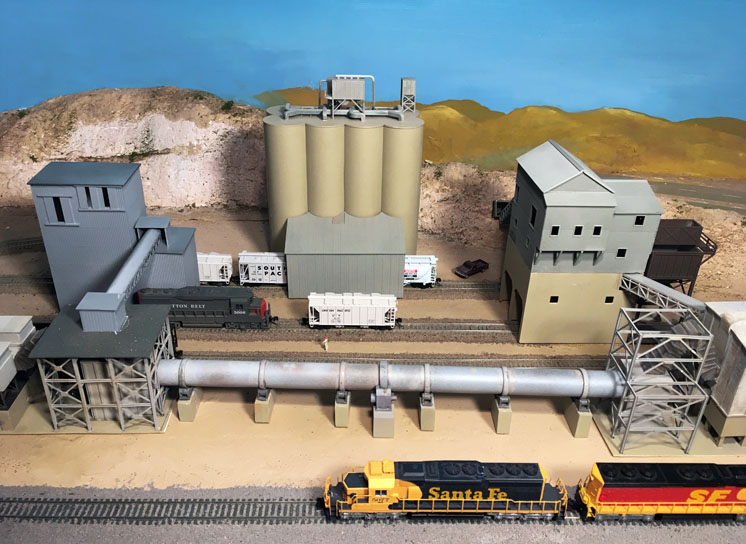
See what you’re really modeling: Does this ever happen to you? You’re driving down a street you’ve gone down a hundred times before and you notice a particular house for the first time. “Where the heck did that come from?” you’re wondering. My point is we can look right at things and not really see […]
Read More…
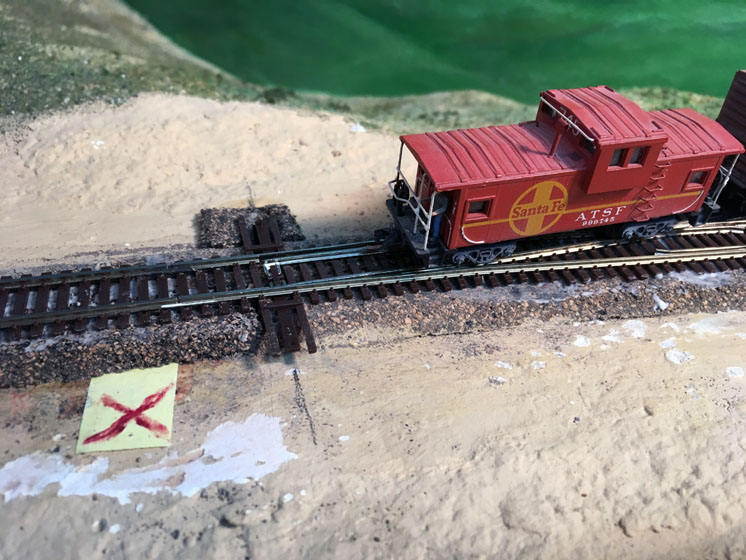
Derailments of the curious kind: Several months ago, my operations chief Gordy Spiering and I were orbiting a couple trains on my N scale layout for a group of visitors and the same boxcar kept derailing at the west end switch in the town of Tehachapi. In a situation like that the show must go […]
Read More…
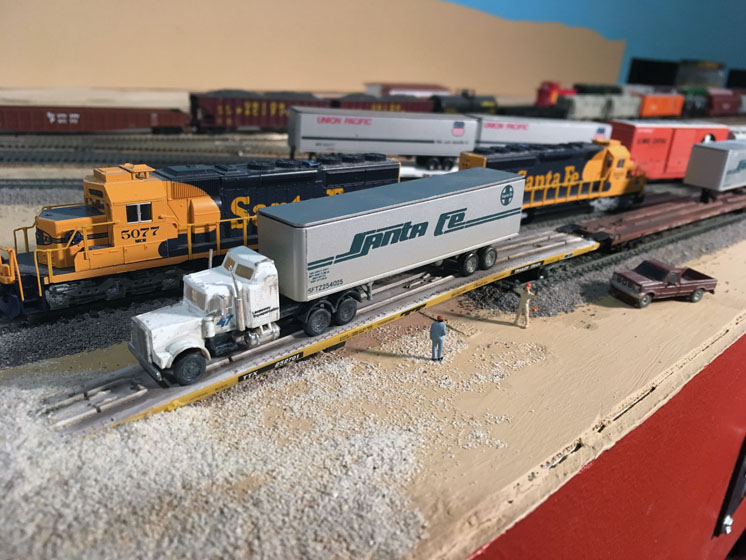
An N scale loading ramp for Bakersfield: In 1979, Jim FitzGerald, remembered fondly by many of us N scalers as Mr. Ntrak, introduced me to the Tehachapi Loop and its environs, and my model railroading fate was sealed forever. I wrote a remembrance of Jim in the May 2014 Model Railroader for my N Scale […]
Read More…

Tips for Body-mounted couplers on auto racks: When N scale got its start in Europe in the 1960s, its originators conceived it in the tradition of toy trains, with truck-mounted couplers that could negotiate sharp-radius curves. Some N-scalers began switching to body-mounts after Kadee introduced its N scale knuckle coupler in the early 1960s. (Kadee […]
Read More…
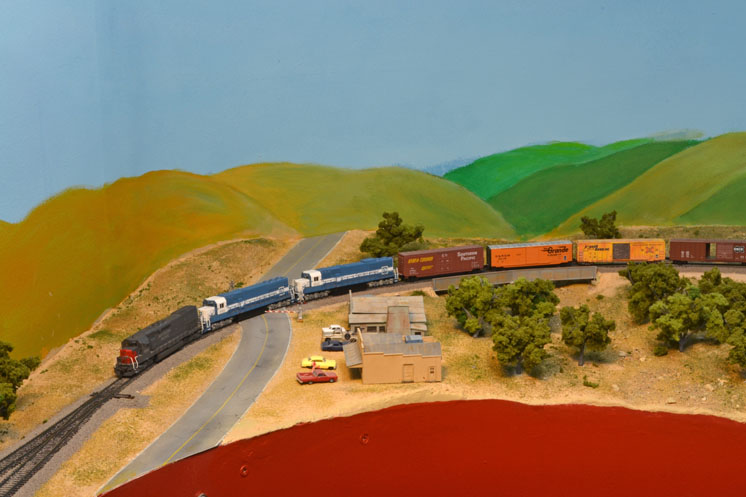
Why horseshoe curves work better in N scale: Caliente, Calif., is a little town on the Union Pacific between Bakersfield and Tehachapi. Fans of the railroad’s Tehachapi Pass know Caliente for its horseshoe curve; the rest of the world likely has never heard of it. If you’re modeling Tehachapi Pass, as I am, Caliente will […]
Read More…

Easier access to sneak track: Like model railroaders in other scales, most of us N-scalers are natural-born cheaters when it comes to layout planning. We set our design parameters, but then we start compromising them. Hey, it won’t hurt if we make this one curve a little tighter, or this aisle just a few inches […]
Read More…
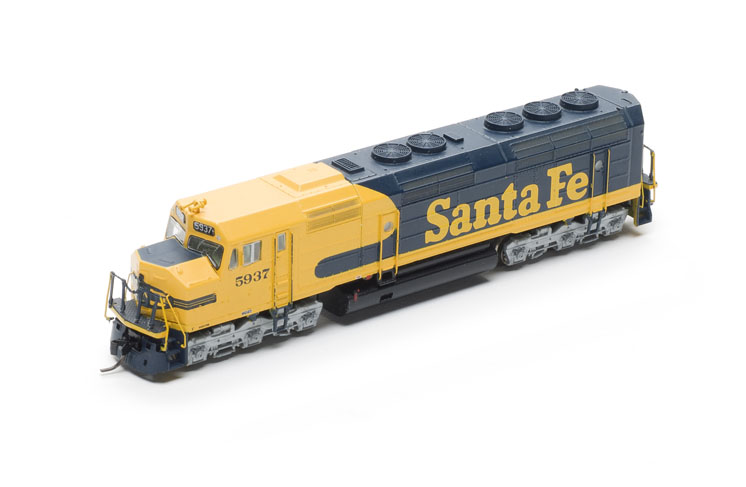
Resurrecting N scale engines: Several years ago I bought a couple Athearn N scale Electro-Motive Division (EMD) F45 locomotives that came with factory-installed Digital Command Control (DCC) sound decoders. I was thrilled. Only two railroads had ordered these big engines, and one was my beloved Santa Fe. (The other was Great Northern, also well-liked.) The […]
Read More…
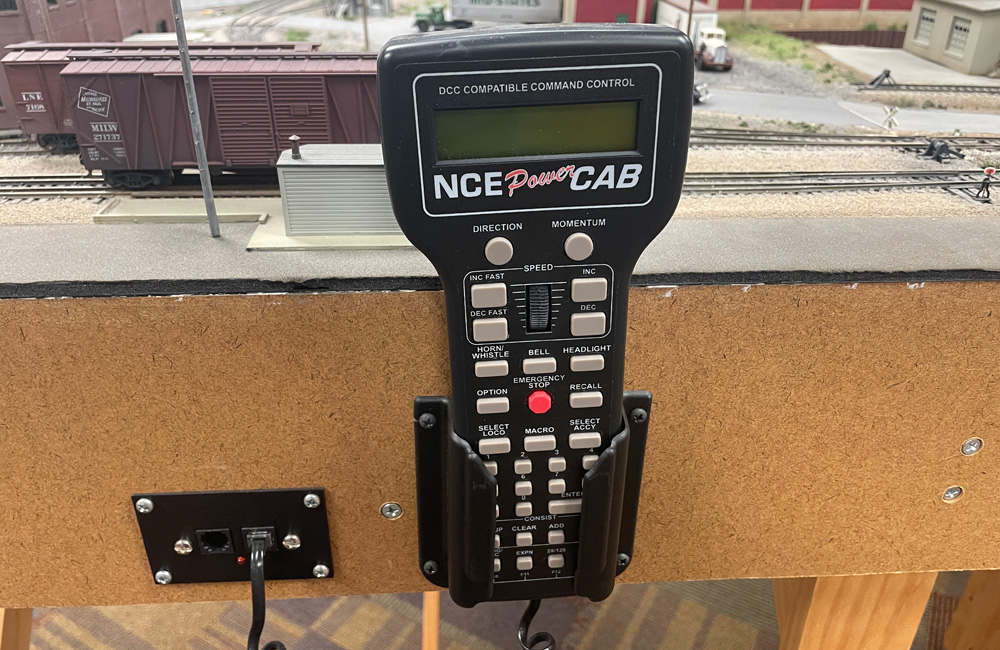
Thanks to these model railroad fascia fixtures, your layout’s fascia can do more than give the edge of your layout a finished look. That stretch of tempered hardboard, medium density fiberboard, plywood, or linoleum can also serve a practical purpose. Consider adding some of these model railroad fascia fixtures to make life easier for your […]
Read More…
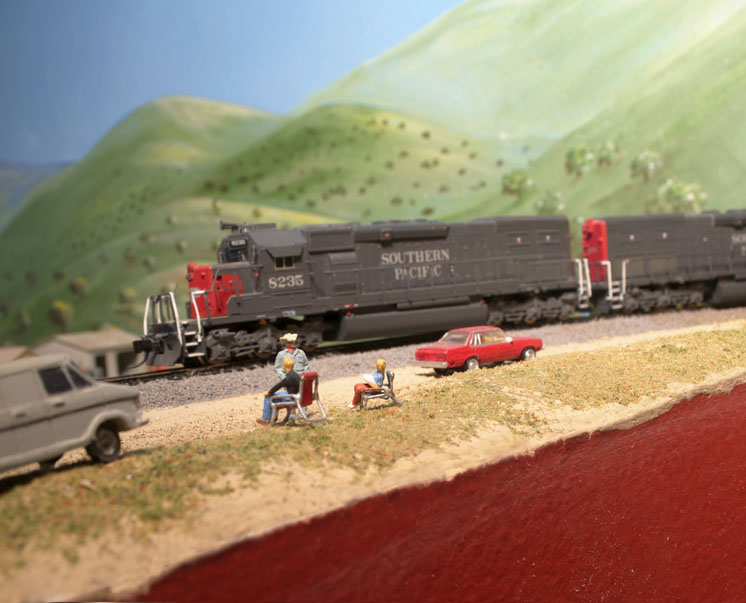
Tips for N scale figures: The biggest advantage of N scale is its small size. This advantage has been gaining importance ever since N scale first appeared in the late 1960s, and particularly since the 1990s, when N scale came of age. This is because since the 1960s, prototype locomotives and cars have been getting […]
Read More…
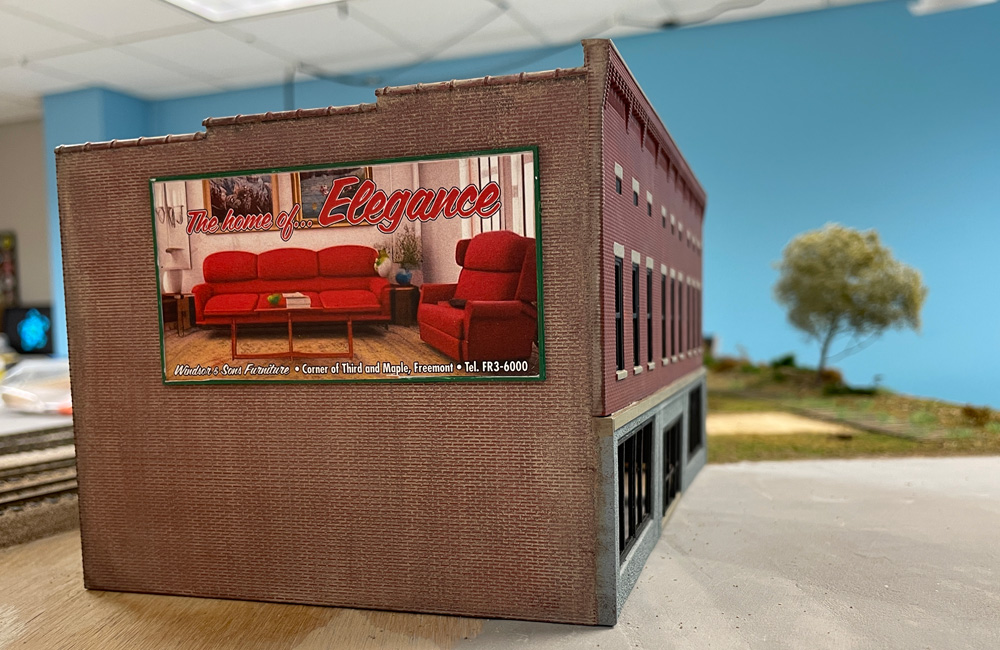
Here’s how you can make a billboard, poster, or wall sign from an AI-generated image for your model railroad layout. Artificial intelligence generators have been in the news lately as writers, artists, and other creative types debate the possibility of computers taking over their jobs. Although AI-generated art is not good enough yet to replace […]
Read More…
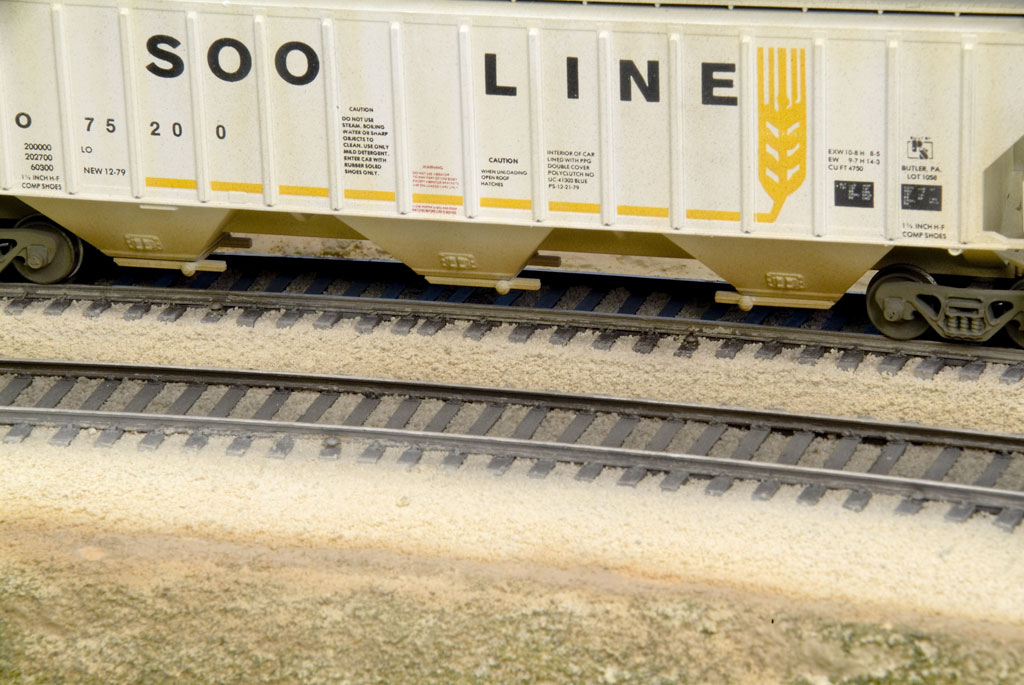
Track ballasting made easy: Model railroading is fun, right? Well, most of the time it is, but there are some aspects of this hobby that make us shudder. And judging by the questions we receive, one thing many of us don’t enjoy is ballasting. However, adding ballast (the rocks between the ties and along the […]
Read More…












